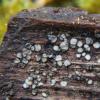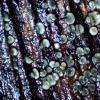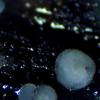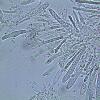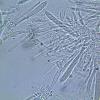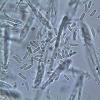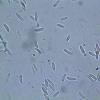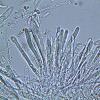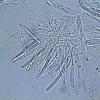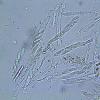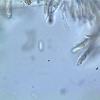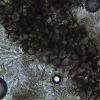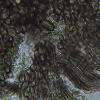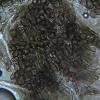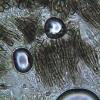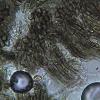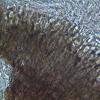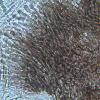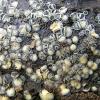
17-12-2025 18:35
 Michel Hairaud
Michel Hairaud
Bonjour à tous/Hi to everyone I am passing along

15-12-2025 15:48
 Danny Newman
Danny Newman
Melanospora cf. lagenaria on old, rotting, fallen

15-12-2025 15:54
 Johan Boonefaes
Johan Boonefaes
Unknown anamorph found on the ground in coastal sa

15-12-2025 21:11
 Hardware Tony
Hardware Tony
Small clavate hairs, negative croziers and IKI bb

15-12-2025 07:09
 Danny Newman
Danny Newman
indet. Rutstroemiaceae sp. on unk. fallen leavesMc

15-12-2025 07:05
 Danny Newman
Danny Newman
Pseudosclerococcum golindoi (det: Zotto)near Cosb

15-12-2025 11:49
 Danny Newman
Danny Newman
ITS sequences from the following two collections B

15-12-2025 12:34
 Danny Newman
Danny Newman
indet. Rhytismataceae on oak leafnear Purchase Roa
 Hola tengo esta Mollisia que en principio pensaba que seria M. cinerea, pero al KOH es negativo, puede ser M.hydrophyla ?????.
Hola tengo esta Mollisia que en principio pensaba que seria M. cinerea, pero al KOH es negativo, puede ser M.hydrophyla ?????.Recogida en pino a unos 1600m.
0,80--0,93 diametro.
KOH negativo
IKI +, no maranja el asca
Parafisis x3--x4 (X6) apice redondeado
ascas de 50 x 6---50 x 7---52 x 6,5---53 x 6,4---58 x 7---60 x 7.
esporas de 8 x 2,6---8 x 2,8---9 x 2,5---9 x 3---10 x 2,7---10 x 3---11 x 2,9 (15x3).
Textura globosa, celulas del margen un poco piriformes miden 20--28 x 4--6
Un saludo
Rafael

Hello Rafael,
it is surely not M. hydrophila, which is confined to Phragmites (rarely other grasses may be), has more oil in the spores, a yellow KOH reaction (not always constantly) and masses of cristals in the medulla.
What you have there I can't say. Probably it is what I tend to call M. olivaceocinerea, the most common species of the cinerea-complex. Then you should see a little bit of oil droplets in the spores. If they are really completely empty, then I don't know. I don't think it is M. cinerea ss. str., which has smaller spores (6-9 µm, max. 10 µm long) and a bit different macroscopic appearance.
best regards,
Andreas

la camara del micro no permite captar muchos detalles, pero en los dos polos de las esporas se ven unos gotoitas muy pequeñas
Un saludo
Rfaeal

Hola Rafael,
in Mollisia olivaceocinerea the excipulum often becomes olivaceous-greenish with KOH and not grey as in the other Mollisia species. This is not a constant character, but when it is to see, it is a good hint for this species.
Also the hymenium becomes a bit cream coloured when slowly (!) drying. You can see that in the field in older apothecia.
best regards,
Andreas

